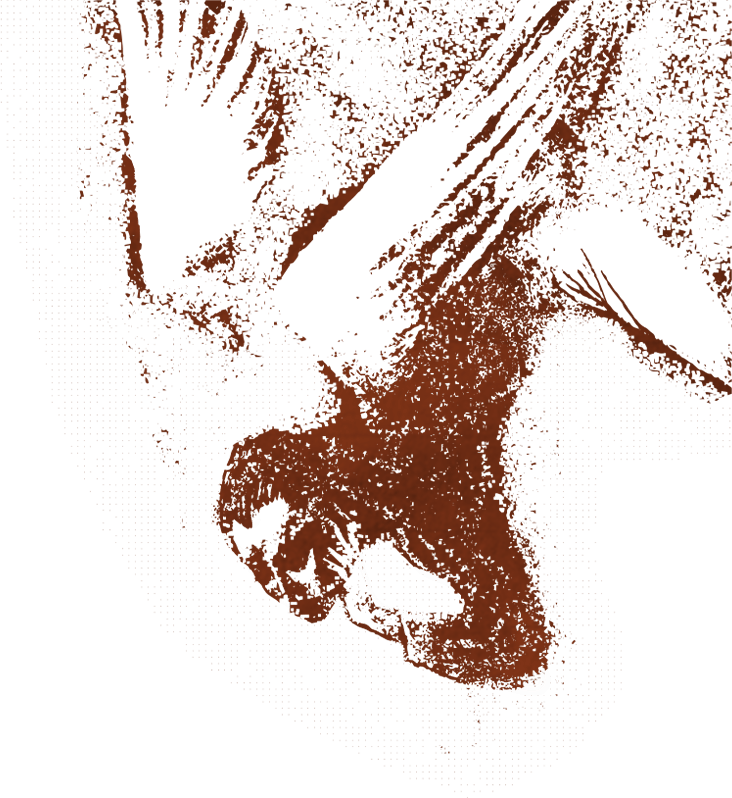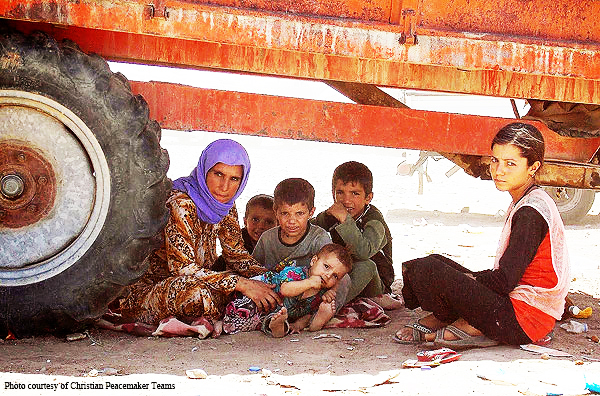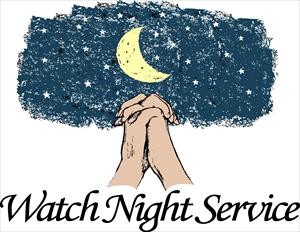by Ken Sehested
Baptists and bishops have never played well together. With a few exceptions, neither has been friendly to clergywomen. So how to explain the anomaly of Bishop Rusudan Gotsiridze of the Evangelical Baptist Church (EBC) of the Republic of Georgia?
Certainly one of her influences was St. Nino, the 4th century Cappadocian woman who first evangelized her homeland, the region then known as Caucasian Iberia, which became only the second kingdom, following neighboring Armenia, to officially convert to Christianity. But there was also her grandfather, a Baptist pastor.
Read more ›

 unity’s Passion Week, a countersign—the Promise embedded within the Passion—can be discerned. History, despite its bloodied face, is not fated; and we, among history’s actors, need not abandon the field in hopes of a private realm of bogus atonement detached from fleshly circumstance.
unity’s Passion Week, a countersign—the Promise embedded within the Passion—can be discerned. History, despite its bloodied face, is not fated; and we, among history’s actors, need not abandon the field in hopes of a private realm of bogus atonement detached from fleshly circumstance. then announced the promise of a fertile womb beyond all conceivable prospect.
then announced the promise of a fertile womb beyond all conceivable prospect. tradition, with New Year’s Eve services ending after midnight, marked by penitence over shortcomings in the year past and resolution of greater faithfulness in the year ahead. One of the observance’s functions was to provide an alternative to the drunken revelry common in Britain on that night.
tradition, with New Year’s Eve services ending after midnight, marked by penitence over shortcomings in the year past and resolution of greater faithfulness in the year ahead. One of the observance’s functions was to provide an alternative to the drunken revelry common in Britain on that night.